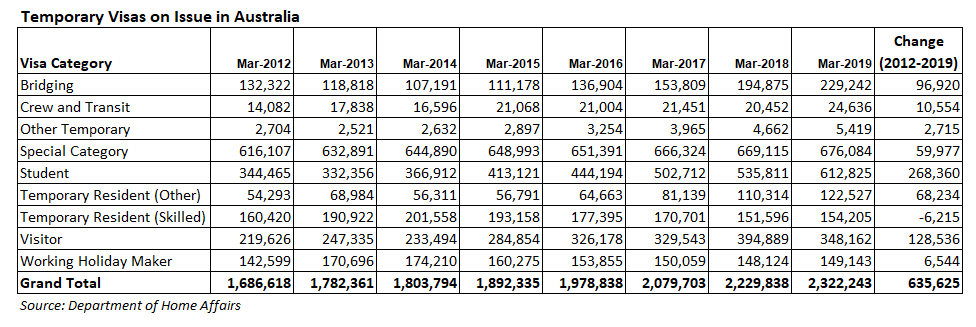CBC has published an all too familiar report on how international students from India are breaking Canada’s 20-hour a week work rule in order to earn enough to pay for tuition fees and living costs, and how this is leading to underpayment and exploitation in the workplace:
Abhishek Hastir, an engineering student from India now at Sheridan College in Brampton, says he’s not currently working more than his study permit allows, but he has in the past.
“If you look around, there are plenty of students who would be breaking the law to be honest,” Hastir says.
“They have no choice.”
Hastir says in his first year of school he would attend class, and then work overnights in a factory from 7 p.m. to 11 a.m. He says he knew many students who had the same routine.
Referring to that factory job, he says: “They definitely didn’t treat us like humans, I used to work on a production line where they would speed up the conveyor belt.”
Hastir says many of his co-workers in that factory were also foreign students, and that it’s not uncommon to see international students falling asleep in classrooms and on buses because of their work schedules…
The 22-year-old says students have no choice because they have to find ways to pay their fees… “Students either have to work too many hours or they have to pinch pennies to feed themselves so they can pay their school fees”…
Some of the issues students have reached out about include being paid less than minimum wage and facing sexual harassment in the workplace…
According to government numbers, in 2015, close to 32,000 people from India held study permits in Canada. That number in 2018 was around 107,000 — more than tripling in three years.
The story is similar in Australia. In 2016, the Senate Education and Employment References Committee released a damning report entitled A National Disgrace: The Exploitation of Temporary Work Visa Holders, which found that Australia’s Working Holiday Maker and student visa holders were “consistently reported to suffer widespread exploitation in the Australian workforce”.
The final report of the Migrant Workers’ Taskforce, released in March, similarly reported that “wage underpayment is widespread and has become more entrenched over time” with international students among those most exploited:
Underpayment of migrant workers is certainly not a new problem. It has not recently emerged, but instead it has been a feature of some sectors of the Australian labour market for years… results from the Wage Theft in Australia report conducted in 2016 indicate that… one quarter of international students and one third of working holiday makers (32 per cent) were paid around half the legal minimum wage.
… international students tolerate and accept lower than lawful wages not only because the wage rates can be high in comparison to their home countries, but also that lower than lawful wages are normalised and accepted among their international student peers.
The Australian Council of Trade Unions (ACTU) has also warned that the huge pool of international students and other temporary migrant workers is a direct cause of Australia’s record low wages growth:
The relatively recent availability of a large and vulnerable pool of temporary migrant workers has undoubtedly contributed to current record low levels of wages growth and a growing reluctance by employers to train local workers…
There have been a range of abuses uncovered which have clearly shown that the entire system is broken. From 7-11 and Domino’s to agriculture, construction, food processing to Coles, Dominos and Caltex, it is clear that the abuses occur in a number of visa classes whether they be students, working holiday makers or visa workers in skilled occupations…
Finally, the book The Wages Crisis in Australia directly blames the surge in temporary migrant workers, including international students, for driving down wage growth:
Most international students and temporary skilled workers, together with many working holiday makers, see themselves as involved in a project of ‘staggered’ or ‘multi-step’ migration, whereby they hope to leap from their present status into a more long-term visa status, ideally permanent residency…
Though standard accounts describe Australian immigration as oriented to skilled labour, this characterisation stands at odds with the abundant evidence on expanding temporary migration and the character of TMW [temporary migrant worker] jobs… the fact that their work is primarily in lower-skilled jobs suggests that it is more accurate, as several scholars point out, to speak of a shift in Australia towards a de facto low-skilled migration programme…
Research shows that in industries where employers have turned to temporary migrants en masse, it erodes wages and conditions in these industries over time, making them less attractive to locals…
Given that international students are behind the explosion of temporary migrant workers across Australia:

It stands to reason that their exploitation is also a key factor behind Australia’s anaemic wage growth. And this is being replicated in places like Canada, which also have large pools of vulnerable and exploitative international students.

